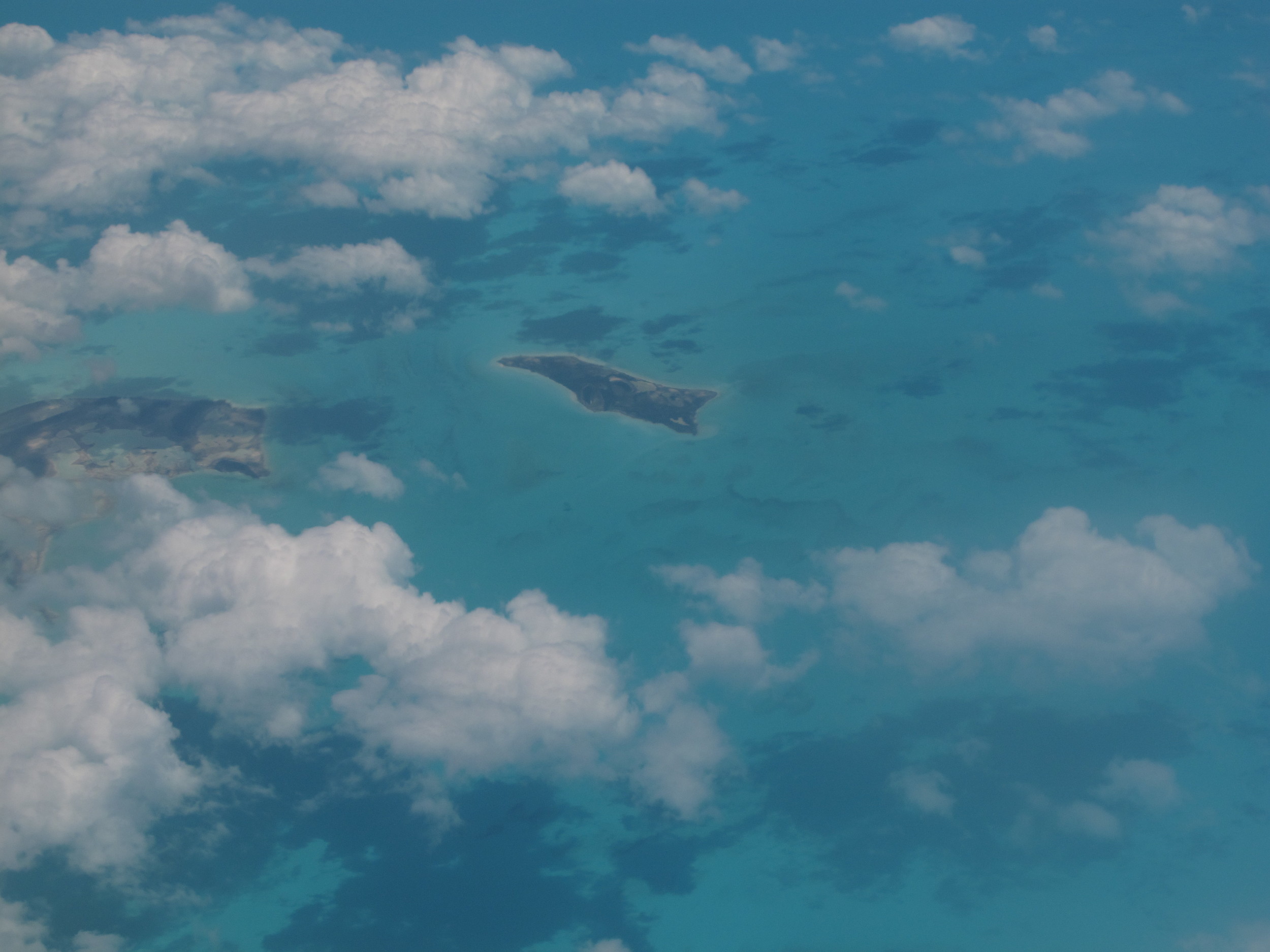When you ask a Haitian how they’re doing they inevitably reply, “pa pi mal” which means not that bad in the local creole…not that bad because, you see, it can always be worse in Haiti. There’s always someone who is worse off then they are, an idea which is both hopeful and disgusting when a little boy with a dirty rag for a shirt and no pants tells you this as he slurps on a rotten shard of mango that has been sitting in a pool of piss for a couple of days. Pa pi mal, not that bad, it’s still pretty damn bad though.
The plane flight from Miami to Port au Prince takes a little less than two hours. From above, the Caribbean is beautiful, all aqua marine and turquoise with dark spots of reef and slivers of white sand. At about a thousand feet above Port au Prince, however, I get my first look at the city. Disjointed piles of rubble are everywhere, blue and grey tarps cover crumbling and non-existent roofs, makeshift tents shelter shattered lives. They go on forever, the tent cities, covering every piece of open space in the city. There are no soccer fields, no country clubs or golf courses, no plazas or parks, even the medians of the old French-colonial boulevards are crowded with make shift lean-twos, squeezed between the trucks and buses belching diesel fumes. With nowhere else to go, people crowd the streets; from 500 feet above you can see them in tight knots stacked on top of each other, huddled in the small spots of shade. I hear one of the volunteers on the chartered 737 behind me gasp, “What have I gotten myself into.” The consequences of our good intentions start to sink in.
We disembark and the Haitian heat swallows us whole. Oppressive, sticky, dense, in late May it becomes suffocating, but bigger problems lie on the horizon. In June it will start to rain, turning an already desperate situation into an apocalyptic one. Cholera will come, so will Dengue Fever, Diphtheria and a host of other nasty diseases that feast on the high density tent cities and human cesspools in the streets of Port au Prince.
The volunteers, however, continue to come as well. Despite the rising tide of frustration and violence, they come to Haiti from all over the world. Some have skills that the Haitians need, doctors and nurses are in short supply, lab and x-ray techs, prosthetic engineers, and many types of surgeons are non-existent in Haiti and all are badly needed. Others come to serve a higher power, well meaning church groups and missionaries, along with a few religious zealots and fake profits, offer salvation through prayer and faith. Others still come for the chaos, the lawless streets and edgy danger that a place on the brink possesses. Some say they never had a choice; they were compelled to come from deep within, the reasons still unclear even to themselves. Driven forward by the raw, masochistic allure of volunteering in Port au Prince; a place that Dante would have had a hard time dreaming up but also a place that continues to pull people back over and over again.
Because there are a few things that become undeniably clear when you spend time volunteering in Haiti; the place affects you, it enchants you, and it scares you. Whether you like it or not, Haiti gets inside of you, and once it’s inside of you, it refuses to be forgotten.


